Saltus Eau de Parfum by Liquides Imaginaires Review
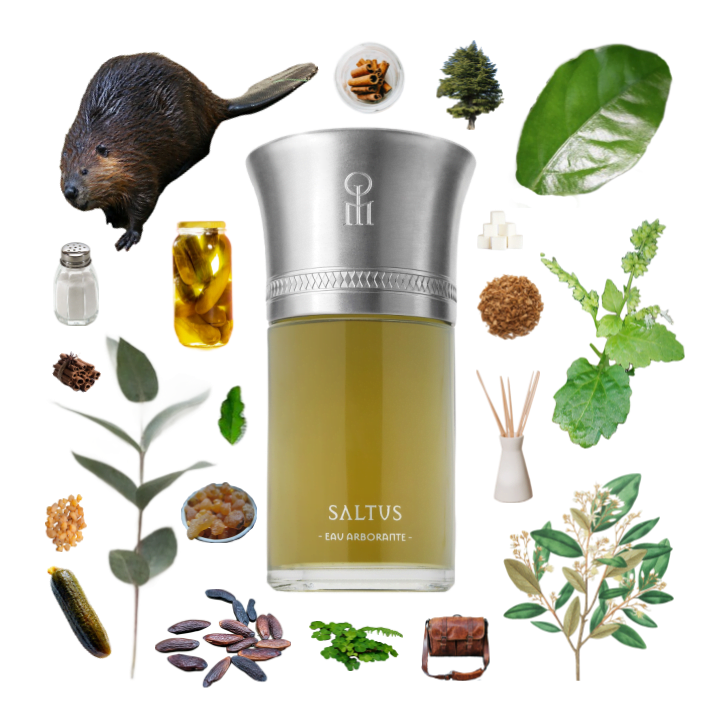
My first thoughts on smelling Saltus, in approximate order:
- Oh, that’s camphor.
- A lot of camphor.
- Wow, that’s a lot of camphor.
- Oh God, it’s all camphor.
- I feel like a walking homeopathic medicine cabinet.
In the first few minutes, I’ll admit I’m regretting this.
I like to say that I love plant-medicinal notes. Mint is delicious and soothing. Eucalyptus feels like a breath of fresh air. And tea tree, my absolute favorite, makes me think of slowly feeling healthy again after getting over a long illness. There’s even a place for dusty, witchy folk-medicinal sage somewhere in my heart.
Camphor is naturally lumped in with menthol, eucalyptus, tea tree, and the like. And yet, if I’m entirely honest, I don’t have a lot of experience smelling it.
I live in the United States, where adding camphor to medicinal or edible products is generally illegal due to its addictive properties. Thus, my experience with the chemical, and the tree from which it is sourced, has been limited.
But now I know for sure I’ve smelled it. Because in the first fifteen minutes, Les Liquides Imaginaires’ Saltus is literally all camphor. Nothing else.
So what does that elusive camphor note smell like?
Like eucalyptus, tea tree, or menthol, it feels cool and herbal-medicinal. Camphor feels even more medicinal than these. It smells like turpentine, a source from which camphor is often extracted.
It feels more strongly medicinal, sticky, and almost-resinous, and woodier than something like menthol. It has far more density. Something about the texture makes me think of the white incredibly sticky sap of coniferous trees, that stuff it takes days to completely wash out of clothes or off your skin. There’s something so intoxicating about cool, woody conifer sap, and then it draws you in and traps you in an inescapable sticky tar.
That’s a little like how camphor feels to me. Deceptively cool, sharply medicinal but at its heart, dense, woody, resinous, and incredibly, uncomfortably sticky.
If you’re one of those weirdos that loves the smell of turpentine — or perhaps you’re nostalgic for the olden days of oil painting before linseed oil and OSHA regulations — scroll down to the end of this post and order yourself a bottle of Saltus immediately. You don’t need to read any more. This is for you.
Fifteen minutes in, the pickley vinegary side of Saltus begins to show itself. It’s an undercurrent that runs through the rest of the perfume through the drydown on my skin. Vinegar, herbs, and something like dill pickles. We’ll talk more about this later.
Thirty minutes in, I become aware of something in Saltus that feels almost sweaty. Like plant sweat. The sweat of a plant. Is that a thing? I don’t know.
It feels almost like a dry, crumbled, pungent sort of old frankincense. Boswellia sacra. Medicinal, resinous, balsamic, dusty, and somehow almost animalic. Like it’s been hanging out and drying in an old cedar chest for years, but now you’ve opened it and it smells stronger than ever.
All of Saltus could be packed into a good cedar chest or wardrobe, actually. There’s the prominent pickley woody cedar in the background, the mothball-strength pungency of camphor, of turpentine and herbal medicines, and a faint dusting of old frankincense bits. And some sort of animal. Maybe a bunch of old fur coats or something.
In a roundabout way, Saltus feels like a fragrance for C.S. Lewis’ The Lion, the Witch and the Wardrobe. It has none of the gentleness and tender Jesus allegory of the original book, though. This is a sort of The Lion, the Witch and the Wardrobe Absolu, concentrated with all its sharpest corners fiercely prominent. This is the true evil and dustiness and infinite winter and existential horror of it all, exaggerated and bottled.
An hour in I start to get just a faint hint of a gentler herbal-medicinal scent. It’s a quiet ray of something more natural and green and delicate and whole: eucalyptus.
This is closer to the traditional open-up-your-airways herbal medicinal scent I’m used to. Rather than just a raw medicine-cabinet wallop of camphor, Saltus now seems to have grown roots and shoots, and seems to be actually a little bit green around the edges. Perhaps the ages-long Narnia winter is melting away at last.
An hour and a half in, Saltus has balanced out some and grown on me. Though still rather pungent, cold, and oddly medicine-cabinet-like, it’s balanced with things that feel like real fresh green plants. Eucalyptus. Vinegary pickled things. Freshly cut cedar trees.
Curiously, at this stage Saltus actually smells quite like a eucalyptus-tinted variant of Comme Des Garçons’ underrated Rouge, with its pickled ginger on a base of earthy beets and incense, rounded out with just a touch of cool mint.
I love Rouge. And from an hour and a half onwards, I love Saltus in a similar way. I adore its aloof and vinegar-pickled edges, its unaffected edge of supernaturally airy green, and that weird earthy pungency at its base.
Saltus is colored in by incense just a bit the same way that Rouge is. There is no clearly separate incense accord, just a certain swirling smoky gray nature to it all. At times in Saltus it all almost feels leathery. The trees, the odd little animals, the incense — it all swirls together into something that smells a little like an old leather Coach bag somewhere in the back of the wardrobe.
This, I think, is my favorite moment of Saltus. This is the point where I can understand comparisons to a malevolent enchanted forest. Where I understand the name of the fragrance, Saltus, which is Latin for a leap (as in “somersault”) and also for a wooded area or wilderness.
Saltus is a perfume that does somersaults through a dusty cedar wardrobe into a wild and forbidden forest, and finally lands back at home in a warm patch of sun on the ground.
From the very beginning I’ve caught glimpses here and there of a softer, creamier woody center somewhere in Saltus. It’s an incredibly gentle soft sandalwood cushioned by styrax and perhaps the faintest, subtlest, most restrained and raw hint of tonka bean. I can only guess the ethyl laitone listed in the composition lends a certain almost-lactonic softness to the accord. This warm and creamy center, this Narnia summer, grows increasingly apparent from this point onward.
The occasional jarring hint of that sweetness, that tonka bean, starts making its appearance here and there starting around an hour and a half in.
By two hours in, that faint woody sweetness is a constant, paired with a whiff of animalics. The castoreum here is the first dollop of something overwhelmingly animal in a composition that has generally been all about plants. It’s an odd juxtaposition, a forbidden tryst between the kingdoms that smells a little like something I’m not supposed to be smelling.
That paired sweet and animalic accord makes for an odd undercurrent to the pickled cedar and eucalyptus and fading hint of camphor. Just as I had been getting more comfortable, Saltus had gotten more challenging again.
At first I wasn’t sure I smelled cedar in Saltus. But now I see its cool coniferous nature belies the cool green woody aura that becomes increasingly apparent in Saltus starting about an hour in as the camphor evaporates. Neither do I see any clear, loud, distinct patchouli, but only a faint base texture roughing up this forest with realism and dead leaves and bark.
Yes, at this point, after an hour or two, I slowly start to understand the reviews comparing Saltus to the smell of some malign enchanted forest. Prior to this, the camphor was so all-consuming on my skin that I couldn’t pick up anything else. Now, though, I see it. And it is lovely.
Even if, at times, it is a bit like being in a dry and dusty chest of cedar drawers strongly treated with some magical camphorous mothball treatment.
And now I wonder about the way some people complain they smell a dill pickle note in certain woody notes. Usually sandalwood, sometimes cedar, and the occasional oddball note like papyrus. I always envied them a little because I like pickles. But there’s a distinct pickled vinegar sort of brine here to me that smells just like the pickled ginger of Rouge, and now I’m wondering whether all that has been the mysterious dill pickle woody accord all along.
Perhaps an excess of Javanol, a modern Givaudan sandalwood molecule, is to blame. Nose Shyamala Maisondieu does work at Givaudan, after all.
Or else it’s a secret caraway sort of note blended in with many sandalwood accords to lend them some extra spiciness.
Or maybe it’s just one of those funny things about humans, like how some of us love cilantro and some of us think it tastes like soap.
(As an aside: does anyone else think cilantro tastes and smells exactly like stink bugs? I’ve never understood the cilantro-soap thing. I just don’t like cilantro because I think it tastes like bugs.)
Anyway.
This is raw plant energy indeed. At times arguably too raw. But that’s alright. Saltus is an utterly original piece of art that’s bound to be divisive, particularly in its opening. Though somewhat challenging, it’s unique and excellent work by nose Shyamala Maisondieu.
I don’t often layer perfumes. But I know some people love to. And, wearing Saltus, I find myself itching to layer it with something decadent like pomegranate or a drying orange apricot, or even a touch of the delectable vanilla cake sort of body spray you sometimes smell on the street.
It reminds me of the way I first sampled Rouge on one arm with the sweet and plummy Umé by Keiko Mecheri on the other. Something about a particularly pickled sort of scent makes me long for sweet and fruity little cakes, and vice versa.
After seven hours, Saltus is reaching the end of its lifespan. Oddly enough, at this point its texture is largely like coarsely-ground cinnamon. A particularly cinnamony sandalwood yields what is unexpectedly one of the most realistic dry cinnamon stick spice notes I have ever encountered.
Cinnamon and vinegar is the late dry down of Saltus. Sure, perhaps under the hood it’s sandalwood and cedar and a faint hint of tonka bean, but to me it’s simply something like cinnamon and vinegar, still imbued with a touch of the earlier larger-than-life forest magic.
By eight hours in, Saltus is mostly gone. What’s left is a faint yet potently animalic mix of sweet dusty cinnamon and castoreum. It feels almost like the opening fabric store cinnamon and salt of Mugler’s Womanity in a way, too sweet and rather challenging, like unwashed animal bodies alongside cinnamon toast crunch.
Saltus is delightfully weird. There is something of a forest to it, but there’s so much more to it as well. It’s an odds-and-ends wardrobe filled with medicines and coats and handbags and breakfast cereal with a strange and ominous woodland world on the other side.
It’s moderately challenging, and I’m not sure how often I’d wear it, or where. But Saltus is, in a word, bewitching.
Where to Find Saltus Eau de Parfum by Liquides Imaginaires
You can find samples, decants, and full bottles of Saltus EdP at Scent Split.
This is an affiliate link. If you click on it and buy something, the seller pays me a commission, at no extra cost to you. You can learn more about them here.
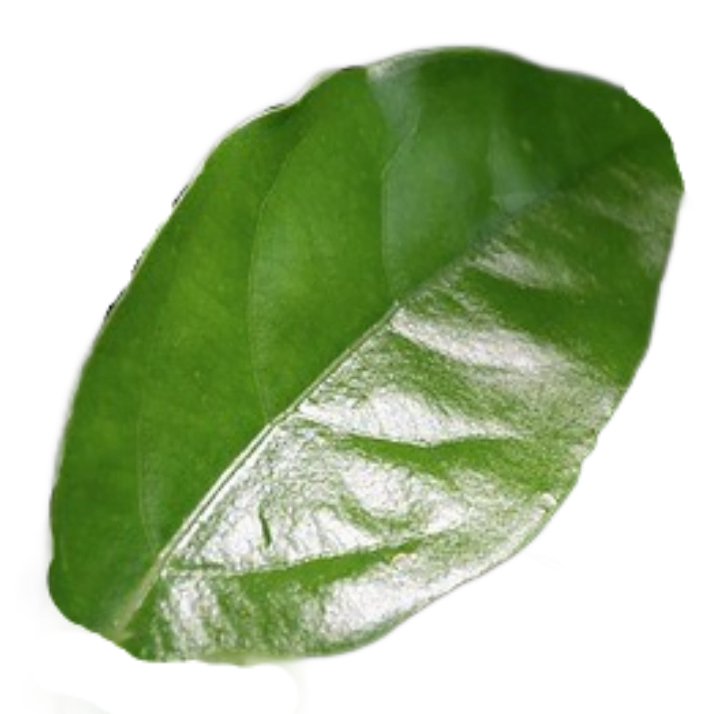
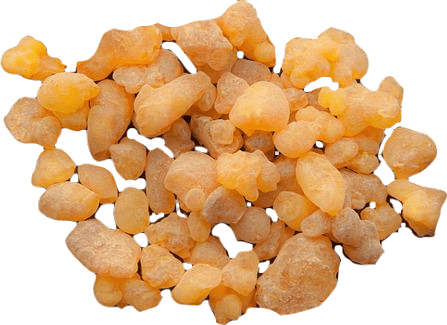

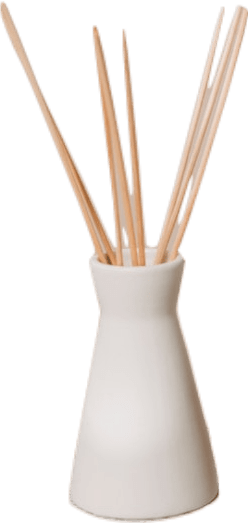

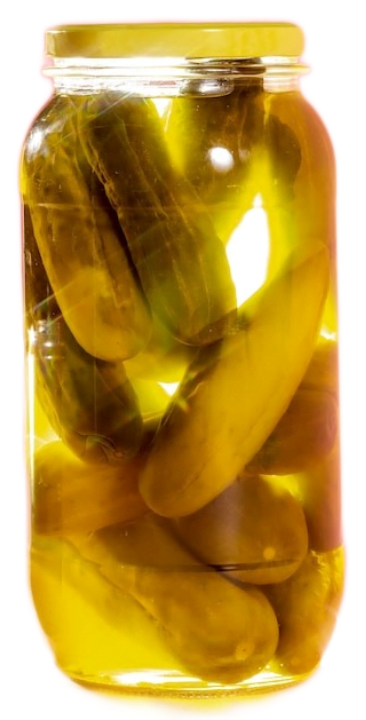
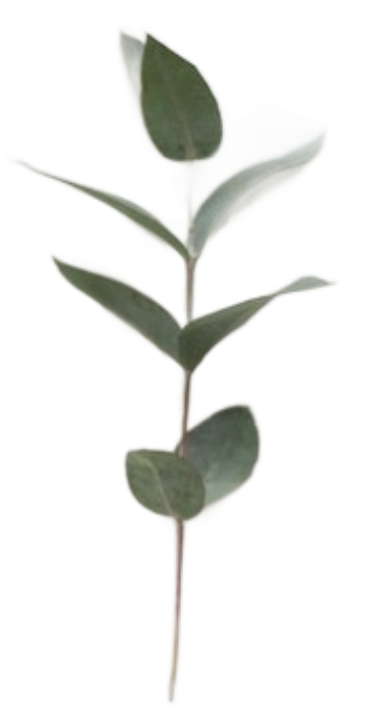
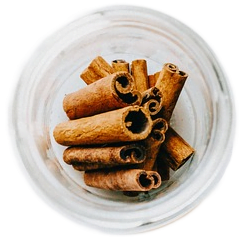
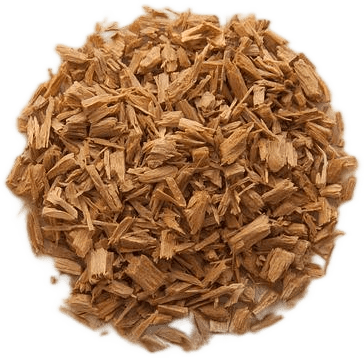
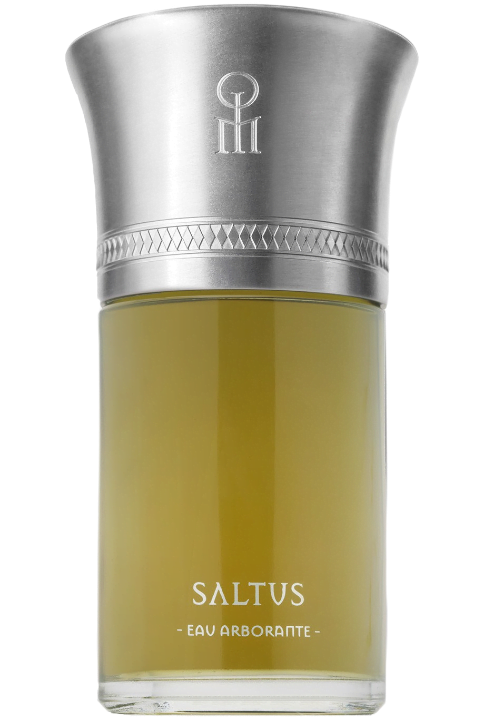
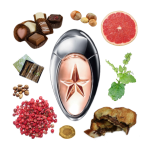
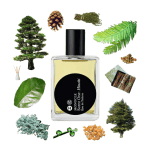
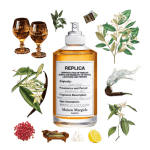

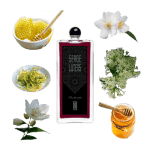
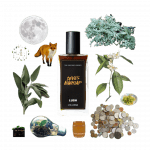
One thought on “Saltus Eau de Parfum by Liquides Imaginaires Review”